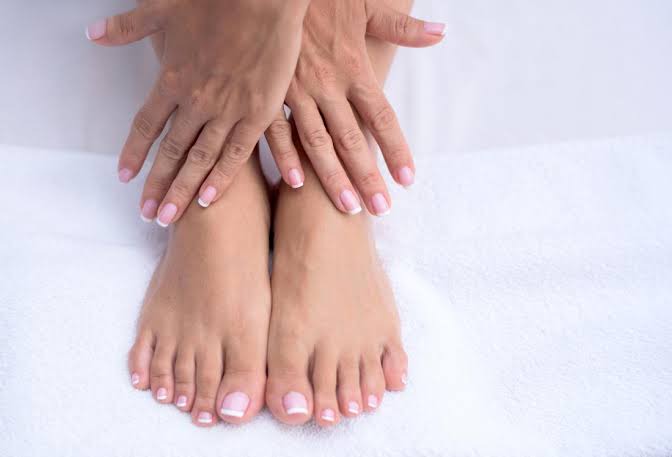Numbness in the hands and legs can be a concerning and uncomfortable sensation. It often occurs due to a variety of reasons, ranging from simple everyday factors to more serious underlying medical conditions. Understanding the causes of numbness and exploring practical ways to address it at home can help allete discomfort and prevent further complications. According to healthline. We will delve into the common causes of hand and leg numbness and present five effective methods to manage it in the comfort of your own home.
Causes of Numbness:
1. Poor Circulation: Restricted blood flow can lead to numbness in the extremities. Conditions such as peripheral artery disease, Raynaud’s disease, or even sitting or standing in the same position for prolonged periods can contribute to reduced circulation and subsequent numbness.
2. Nerve Compression: Pressure on nerves can result in numbness. Carpal tunnel syndrome, caused by compression of the median nerve in the wrist, is a common example. Similarly, conditions like sciatica or a herniated disc in the lower back can cause numbness in the legs.
3. Nutritional Deficiencies: Inadequate levels of certain vitamins and minerals, such as vitamin B12, vitamin D, or calcium, can impact nerve health and cause numbness.
4. Overuse or Repetitive Strain: Repeated motion or overuse of certain muscles and joints can lead to numbness. Activities like typing, playing an instrument, or using tools that require constant gripping can strain the nerves and result in numbness.
5. Underlying Medical Conditions: Numbness can be a symptom of various medical conditions like diabetes, multiple sclerosis, hypothyroidism, or even certain autoimmune diseases. It is essential to consult a healthcare professional for a proper diagnosis if numbness persists or is accompanied by other concerning symptoms.
Handling Hand and Leg Numbness at Home:
1. Stretching and Exercise: Engaging in regular stretching exercises can improve circulation and allete numbness. Focus on stretching the muscles in the affected areas to relieve tension and promote blood flow. Additionally, low-impact exercises like walking or swimming can enhance overall circulation and nerve health.
2. Warm Compress: Applying a warm compress to the affected area can help relax muscles and increase blood flow, thereby reducing numbness. Soak a towel in warm water, wring out the excess, and gently place it on the numb region for 10-15 minutes.
3. Ergonomic Modifications: Evaluate your daily activities and make ergonomic adjustments to prevent or minimize numbness. Maintain proper posture while sitting or standing, use ergonomic tools and equipment that provide adequate support, and take regular breaks to stretch and move around.
4. Nutritional Supplements: If nutritional deficiencies are suspected, consider incorporating vitamin B12, vitamin D, and calcium supplements into your diet after consulting with a healthcare professional. A well-balanced diet rich in fruits, vegetables, and whole grains can also contribute to optimal nerve health.
5. Stress Reduction and Relaxation Techniques: Stress and anxiety can exacerbate numbness. Engaging in stress-reducing activities like deep breathing exercises, meditation, or practicing mindfulness can help relax both the mind and body, improving blood flow and alleting numbness.
Hand and leg numbness can arise from various causes, and addressing it promptly is crucial for overall well-being. By understanding the underlying factors and implementing simple yet effective methods at home, you can manage and allete numbness in a safe and natural way. However, if numbness persists, worsens, or is accompanied by other concerning symptoms, it is advisable to seek medical attention to identify and treat any underlying conditions appropriately.
Thanks for reading.
AfricaMedia (
)











